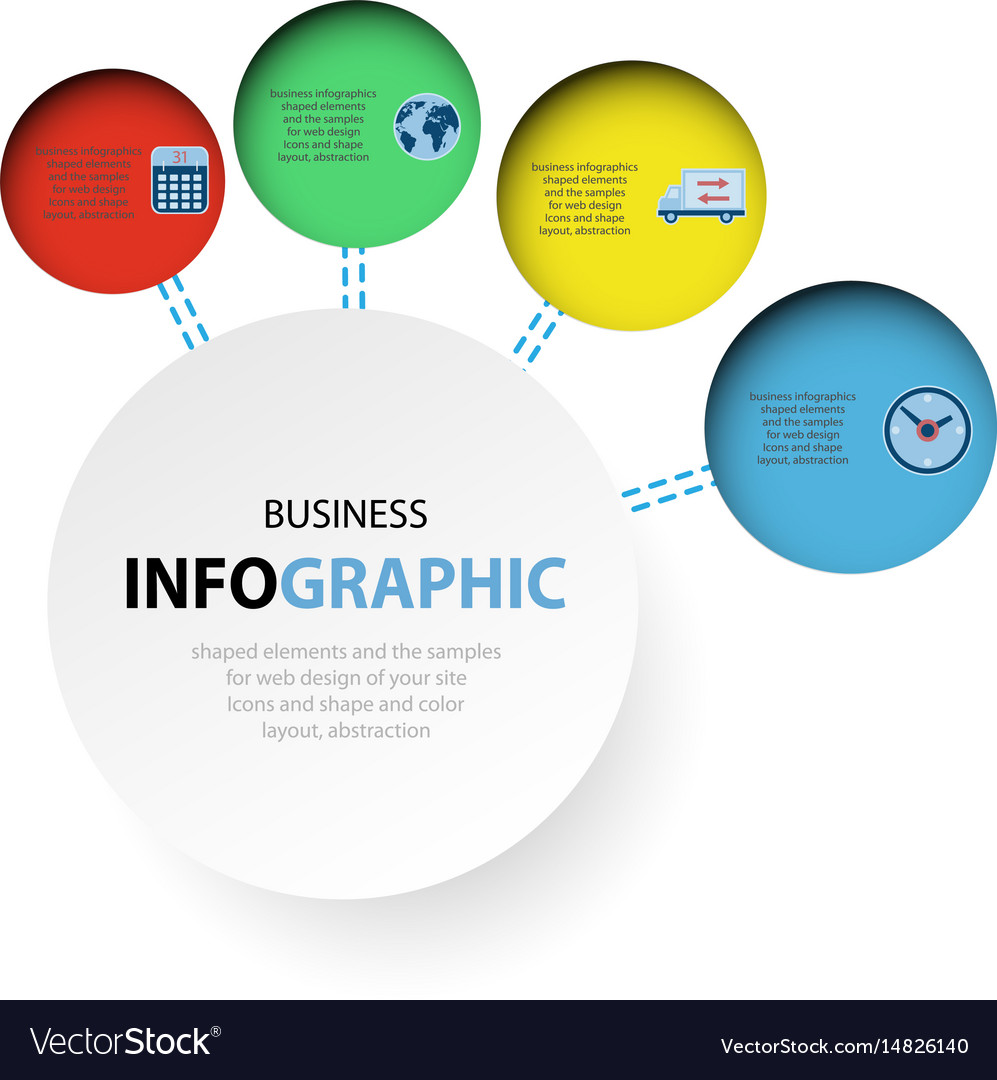Essential Elements Of Website Design: Standards For Creating A User-Centric Site
Essential Elements Of Website Design: Standards For Creating A User-Centric Site
Blog Article
Web Content Writer-Crews Thrane
When it involves website design, ensuring user-friendliness is key. From responsive layout to structured navigating, every aspect plays a critical duty in producing a site that satisfies your audience's requirements. But what concerning search optimization marketing that can make or damage a user's surfing experience? Stay tuned as we reveal some often-overlooked pointers that can raise your website's use to the next level, making it genuinely stick out in the electronic landscape.
Relevance of Responsive Layout
Responsive style is an important facet of modern website growth. Ensuring your site is receptive ways that it can adapt to different display dimensions and tools, giving a smooth experience for users.
With the increasing use smart devices and tablet computers to access the net, having a responsive style is vital for getting to a wider audience. It aids in improving customer experience by making your internet site very easy to navigate and continue reading any tool.
In addition, responsive style can positively influence your search engine positions, as search engines like Google focus on mobile-friendly sites. By having a responsive layout, you're additionally future-proofing your web site, as new devices with varying display sizes remain to arise.
Simplify Navigation Structure
To boost user experience and help with easy accessibility to details on your web site, improving the navigating structure is paramount. When making your site, focus on producing a clear and intuitive navigating food selection that helps site visitors discover what they're searching for rapidly.
Restriction the variety of food selection products to the essentials, organizing related pages together to avoid overwhelming users. Usage descriptive labels that plainly show the material of each page, making it simpler for individuals to recognize where each link will take them.
Take into consideration carrying out dropdown menus for subcategories to stop jumbling the major navigating bar. Additionally, consist of a search bar plainly on the web page for individuals that prefer searching for certain details.
Focus on mobile responsiveness in your navigation design to make sure easy access on all gadgets.
Maximize Page Lots Speed
Improving web page tons speed is crucial for keeping visitors on your website. Slow-loading pages frustrate customers and can cause high bounce rates. To optimize page load speed, beginning by optimizing images. Press pictures without endangering top quality to reduce their documents sizes.
Furthermore, allow internet browser caching to keep regularly accessed resources locally, quickening tons times for returning site visitors. Minify CSS, JavaScript, and HTML data by getting rid of unneeded personalities, comments, and format, boosting tons rate.
Think about making use of a content shipment network (CDN) to disperse your website's content across several servers worldwide, decreasing latency for customers accessing your site from different places. Last but not least, restrict making use of third-party manuscripts and plugins, as they can substantially influence tons times.
Verdict
In conclusion, by integrating responsive design, streamlining navigating, and enhancing page load speed, you can create a straightforward site that appeals to a wider target market and boosts customer experience. These essential elements make sure that visitors can quickly accessibility and navigate your website throughout different devices, resulting in enhanced involvement and contentment. By focusing on these vital elements, you can develop an effective website that maintains individuals coming back for even more.
